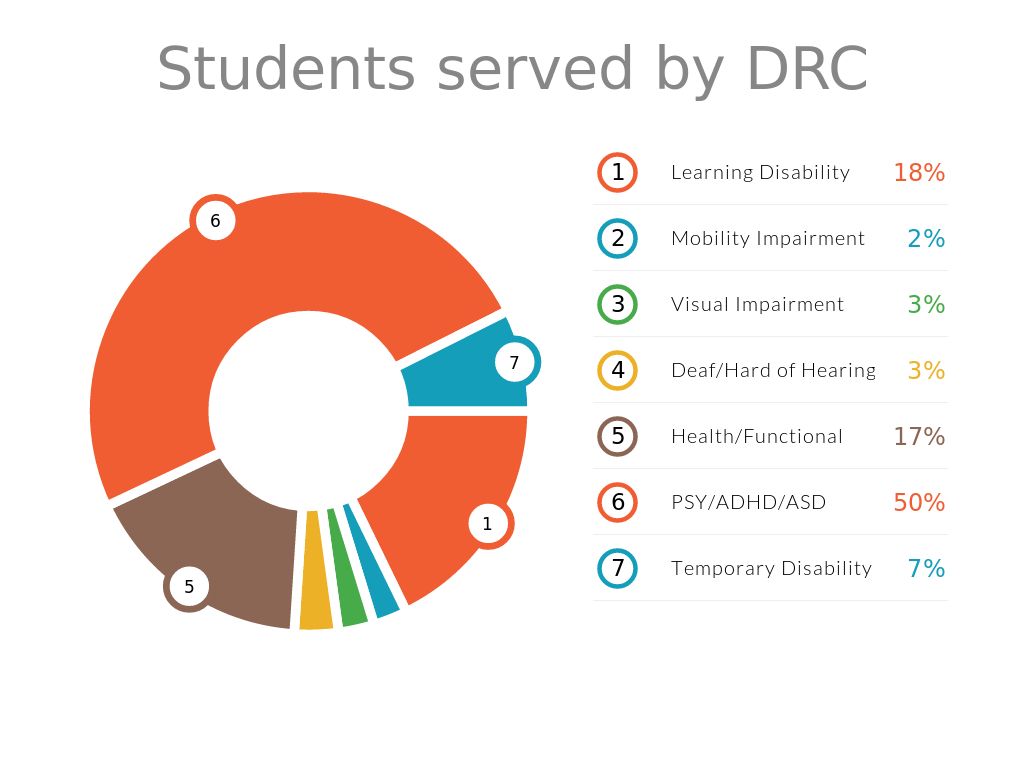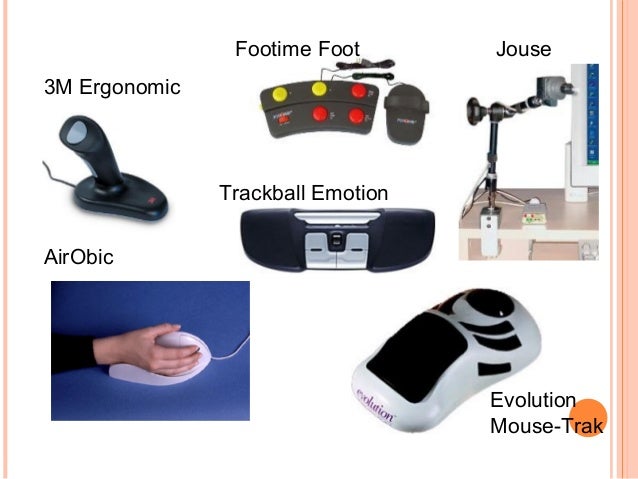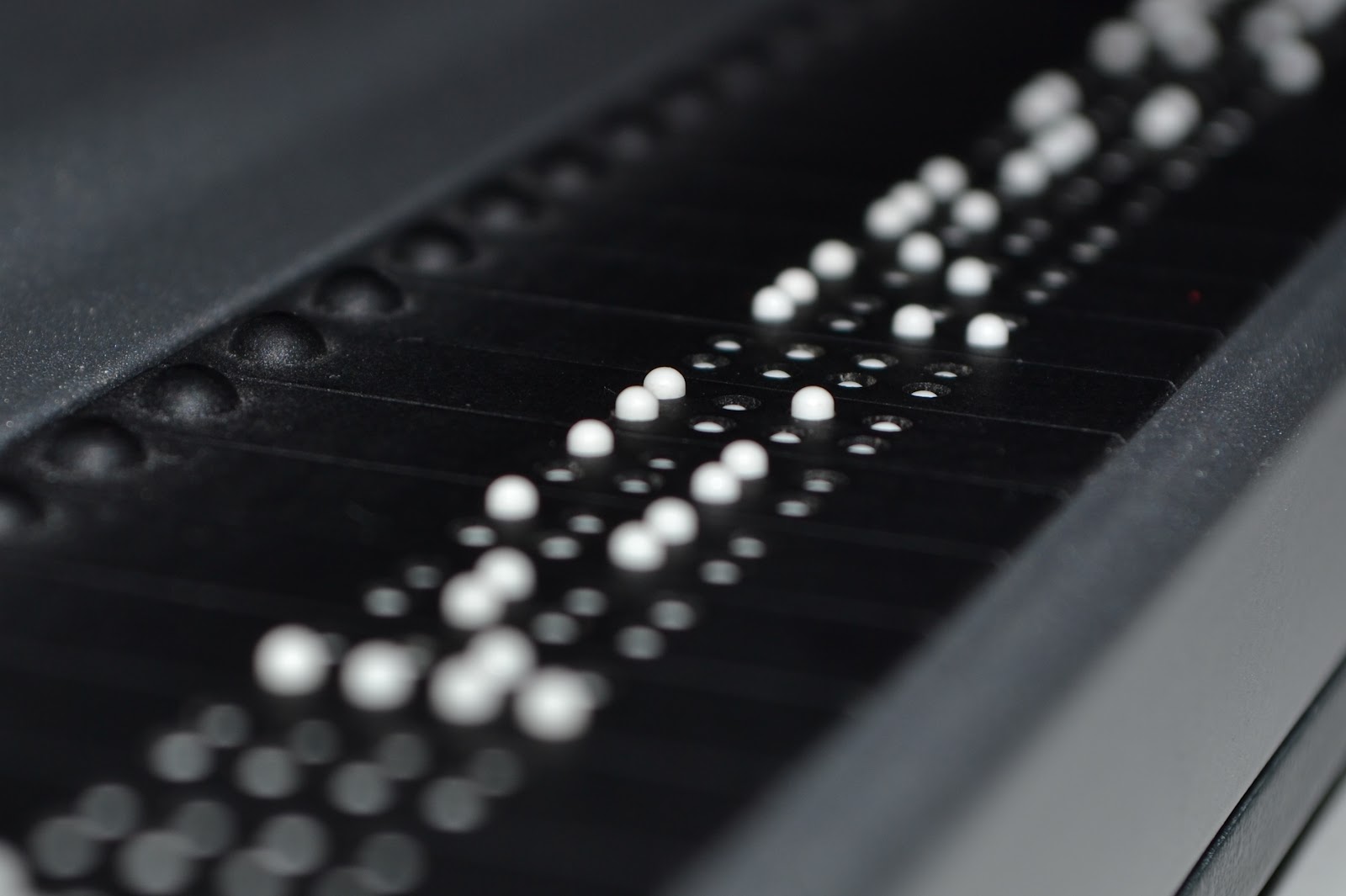| Developer(s) | Freedom Scientific |
|---|---|
| Initial release | January 1995; 25 years ago |
| Stable release | |
| Operating system | Microsoft Windows |
| Type | Screen reader |
| License | Proprietary |
| Website | Official website |
JAWS Screen Reading Software. The latest version of JAWS can be downloaded using the links below. For new installations, download and save the executable file to your PC and install from there. The installer includes language support for English, Spanish, German, French, French Canadian, Dutch, Hebrew, Brazilian Portuguese, Russian, Arabic. May 26, 2020 The training is not specific any particular screen-reading software. Freedom Scientific has a training webinar for using JAWS with Zoom Conferencing. It is one hour and covers navigating Zoom's controls, configuring audio settings, muting.
JAWS ('Job Access With Speech') is a computer screen reader program for Microsoft Windows that allows blind and visually impaired users to read the screen either with a text-to-speech output or by a refreshable Braille display. JAWS is produced by the Blind and Low Vision Group of Freedom Scientific.
An August–September 2019 screen reader user survey by WebAIM, a web accessibility company, found JAWS to be the second-most popular screen reader worldwide, displaced for the first time by NonVisual Desktop Access; 40.1% of survey participants used it as a primary screen reader, while 61.7% of participants used it often.[1]
JAWS supports all versions of Windows released since Windows Vista. There are two versions of the program: the Home edition for non-commercial use and the Professional edition for commercial environments. Before JAWS 16, the Home edition was called Standard, and only worked on home Windows operating systems.[2][3] A DOS version, sometimes also known as JDOS, is free.
The JAWS Scripting Language allows the user to use programs without standard Windows controls, and programs that were not designed for accessibility.
History[edit]

JAWS was originally released in 1989 by Ted Henter, a former motorcycle racer who lost his sight in a 1978 automobile accident. In 1985, Henter, along with a US$180,000 investment from Bill Joyce, founded the Henter-Joyce Corporation in St. Petersburg, Florida. Joyce sold his interest in the company back to Henter in 1990. In April 2000, Henter-Joyce, Blazie Engineering, and Arkenstone, Inc. merged to form Freedom Scientific.
JAWS was originally created for the MS-DOSoperating system. It was one of several screen readers giving blind users access to text-mode MS-DOS applications. A feature unique to JAWS at the time was its use of cascading menus, in the style of the popular Lotus 1-2-3 application. What set JAWS apart from other screen readers of the era was its use of macros that allowed users to customize the user interface and work better with various applications.[citation needed]
Ted Henter and Rex Skipper wrote the original JAWS code in the mid-1980s, releasing version 2.0 in mid-1990. Skipper left the company after the release of version 2.0, and following his departure, Charles Oppermann was hired to maintain and improve the product. Oppermann and Henter regularly added minor and major features and frequently released new versions. Freedom Scientific now offers JAWS for MS-DOS as a freeware download from their web site.[4][5]
In 1993, Henter-Joyce released a highly modified version of JAWS for people with learning disabilities. This product, called WordScholar, is no longer available.[6]
JAWS for Windows[edit]
In 1992, as Microsoft Windows became more popular, Oppermann began work on a new version of JAWS. A principal design goal was not to interfere with the natural user interface of Windows and to continue to provide a strong macro facility. Test and beta versions of JAWS for Windows (JFW) were shown at conferences throughout 1993 and 1994. During this time, developer Glen Gordon started working on the code, ultimately taking over its development when Oppermann was hired by Microsoft in November 1994. Shortly afterwards, in January 1995, JAWS for Windows 1.0 was released.
A new revision of JAWS for Windows is released about once a year, with minor updates in between.
Features[edit]
JAWS allows all major functions of the Microsoft Windows operating system to be controlled with keyboard shortcuts and spoken feedback. These shortcuts are kept as consistent as possible throughout most programs, but the very high number of functions needed to fluidly use modern computer software effectively requires the end user to memorize many specific keystrokes. Virtually every aspect of JAWS can be customized by the user, including all keystrokes and factors such as reading speed, granularity used when reading punctuation, and hints. JAWS also includes a scripting language to automate tasks and make more complex modifications to the program's behavior.[7]
The software includes a distinct mode designed specifically for web browsers, activated when Internet Explorer or another browser is in the foreground. Support for Internet Explorer is standard; other browsers often have compatibility issues ranging from minor to severe. Notably, Microsoft Edge support lagged behind most common third-party browsers before the release of the Chromium-based Edge in January 2020.[citation needed] When browsing web pages, JAWS first declares the title and number of links. Speech can be stopped with the control key, lines are navigated with the up/down arrow keys, and the tab key moves between links and controls. Specific letter keys on the keyboard can be pressed to navigate to the next or previous element of a specific type, such as text boxes or check boxes.[8] JAWS can access headings in Word and PDF documents in a similar fashion.[9]
The JAWS feature set and its configurability have been described as 'complex,' with training recommended for users such as web designers performing accessibility testing, to avoid drawing the wrong conclusions from such testing.[10]
References[edit]
- ^'Screen Reader User Survey #8'. WebAIM. Retrieved September 30, 2019.
- ^'Enhancements and Improvements in JAWS 16', Freedom Scientific. Retrieved January 28, 2020.
- ^'JAWS System Requirements'. Freedom Scientific. Retrieved November 12, 2011.
- ^'DOS Software Toolkit'. Trace Research & Development Center. University of Wisconsin. 2007. Archived from the original on June 13, 2007.
- ^More JAWS downloads. Freedom Scientific. Retrieved August 31, 2008.
- ^'Henter-Joyce Newsletter'. September 1993.
- ^'Introduction'. www.freedomscientific.com. Retrieved October 10, 2017.
- ^Thatcher; et al. (2006). Web Accessibility: Web Standards and Regulatory Compliance (1 ed.). Friends of ED. p. 109. ISBN978-1-59059-638-8.
- ^Thatcher et al., p. 385
- ^Thatcher et al., p. 501.
External links[edit]
- Official website
Screen readers are software programs used by blind individuals to access computers and mobile devices. The JAWS and NVDA screen readers can be accessed from any public (Sites) Windows computer on the U-M campus. The VoiceOver screen reader is built into the Macintosh operating system.

If you have questions or would like demonstrations or training related to screen readers, please contact Knox Center staff at Sites.Knox@umich.edu or 734-647-6437.
Users of public computers at U-M are required to log in before starting their screen reader, and may need to adjust the volume settings. Instructions for doing this with JAWS, NVDA, and VoiceOver are available at Accessing Screen Reader Software at Campus Computing Sites.
Purpose of Screen Readers
- Screen readers provide a nonvisual interface to items on the computer screen:
- Visible information—as much as possible (e.g., screen readers cannot read bitmapped text)
- Invisible information (e.g., image descriptions hidden in HTML code)
- Additional information (e.g., number of links on a Web page)
- Instead of speaking information, some screen readers permit information to be sent to a refreshable braille display. At present, the university does not have any refreshable braille displays.
- Screen readers compensate for the mouse by using keyboard commands
- Many software programs have their own keyboard commands; these are often listed in the Help documentation
- Screen readers also have their own set of commands for reading and navigation functions
Although some people with learning disabilities can also benefit from spoken information, the programs they generally find most useful have different features. See Read & Write Gold for Windows and Read & Write Gold for Mac.
Screen Readers Supported by the University of Michigan
JAWS Screen Reader (Windows)
Manufacturer:Freedom Scientific
Documentation is available through the Help menu in JAWS.

Key JAWS Concepts
- JAWS key: Used in combination with other keys to execute commands. By default, the JAWS key is the Insert key, but it can be changed to a different key.
- JAWS commands: Available from the JAWS help menu. To get contextual help, press Insert + F1.
- Cursors: JAWS has three primary cursors:
- PC Cursor: Default; follows keystrokes. To activate this, press Numpad +.
- JAWS Cursor: Emulates mouse functions. May provide access to information that is not heard when using the PC Cursor. To activate this, press Numpad -.
- o Virtual Cursor: Automatically activated when reviewing a Web page, allows the user to explore a page with the same reading techniques used for standard text, as well as providing information about web page elements such as links and headings.
- Forms mode: Used to enter text into a form field (otherwise, some keys may not be entered). To activate this, press Enter.
- Quick Keys: In some cases, pressing a letter will navigate to a specific web element (e.g., B moves focus to the next button, and C to the next combo box). This is why Forms mode is necessary; otherwise, pressing these letters would be interpreted as a command rather than text input.
- For a detailed tutorial on using the internet with JAWS, visit Surfing the Internet with JAWS.
NVDA Screen Reader (Windows)
Manufacturer: NVDA is an open source project of the not for profit NV Access Foundation.
Documentation is available through the Help menu in NVDA.
Key NVDA Concepts
- NVDA key: Used in combination with other keys to execute commands. By default, the NVDA key is the Insert key, but it can be changed to the caps lock key.
- NVDA key + N: activates the NVDA menu to access options and help.
- On web pages, NVDA uses a browse mode, similar to the virtual PC cursor used by JAWS. Browse mode allows for the reading of a web page using standard text reading keystrokes, as well as providing information about the web page structure e.g. headings, links, and lists.
- Focus mode is used to interact with web forms and applications. To toggle between browse and focus mode, press Insert + Space.
Jaws Screen Reader Mac
VoiceOver Screen Reader (Apple)
Built into the Macintosh and iOS (iPhone, iPod, iPad) operating systems. VoiceOver is the only available screen reader for Apple products.
To turn on or off: press command + F5.
Key VoiceOver Concepts
Jaws Screen Reading Software For Mac Download
- VoiceOver keys (VO keys): The Control + Option keys, used in combination with other keys to execute commands.
- To access the Voice Over help menu, which includes command list, getting started tutorial, and VoiceOver Manual: VO Keys+H.
- Voice Over uses an interaction model of screen navigation. Items such as toolbars and tables are presented as a single object, and the user must interact using a keyboard command to review the contents of the item.
- To compile a searchable list of all items on a screen, press vo+i.
- A 'Web rotor' is used to present lists of web elements such as links, headings, and landmarks. It can be activated with VO keys + u.
- Macintosh has fewer built-in system commands than Windows. List of Macintosh system commands.
- VoiceOver is also built into other Apple products, such as the iPhone and iPad. With these products, a system of gestures is used to operate VoiceOver (e.g., tapping once announces the item touched, while tapping twice activates the item.)